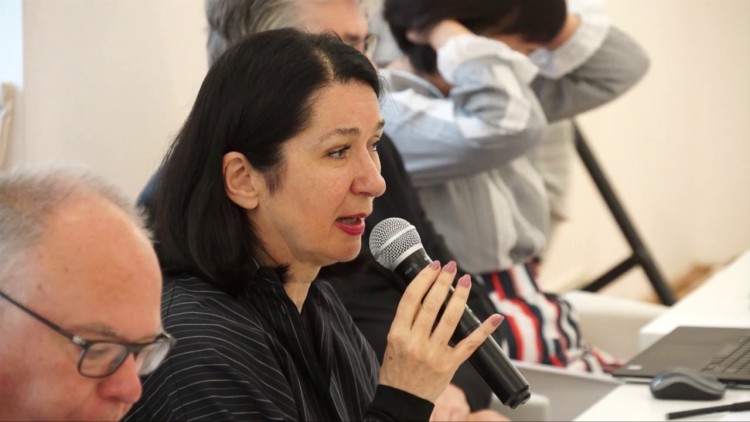Badovinac’s contribution reflected on the specificity of the archives built by some Eastern European artists about the 1990s, especially about the wars in the Balkans, and on the question of the impact that artists’ archives have on changing the understanding of historicizing, and consequently, of the museum.
In Eastern Europe, the transition from socialism to capitalism raised great expectations in many people, and hopes for a better life and more democracy. We awoke only later to the fact that, along with socialism, we had also lost security and a society of solidarity. At first, we were also not greatly affected by the loss of the shared cultural spaces of multinational states, such as the Soviet Union, Czechoslovakia and Yugoslavia; it was another loss we became aware of belatedly – when we first started using the Internet the whole world seemed to be at our fingertips. Of course, the matter was completely different when it came to the loss of lives in nationalistic wars on the territory of the former Yugoslavia – that loss struck us immediately and it struck us hard.
The statistics point to a big loss that indirectly refers also to the loss of memory, the memory of those who are not here anymore, and also the memory of things, the material evidence that disappeared. There was also a growing awareness that history – inasmuch as it had been framed at all – was already stolen. All of this contributed to the strong impulse to archive that arose in art in the 1990s. At the same time, there was this postmodern thought everywhere that we might lose the authenticity of our memories.













